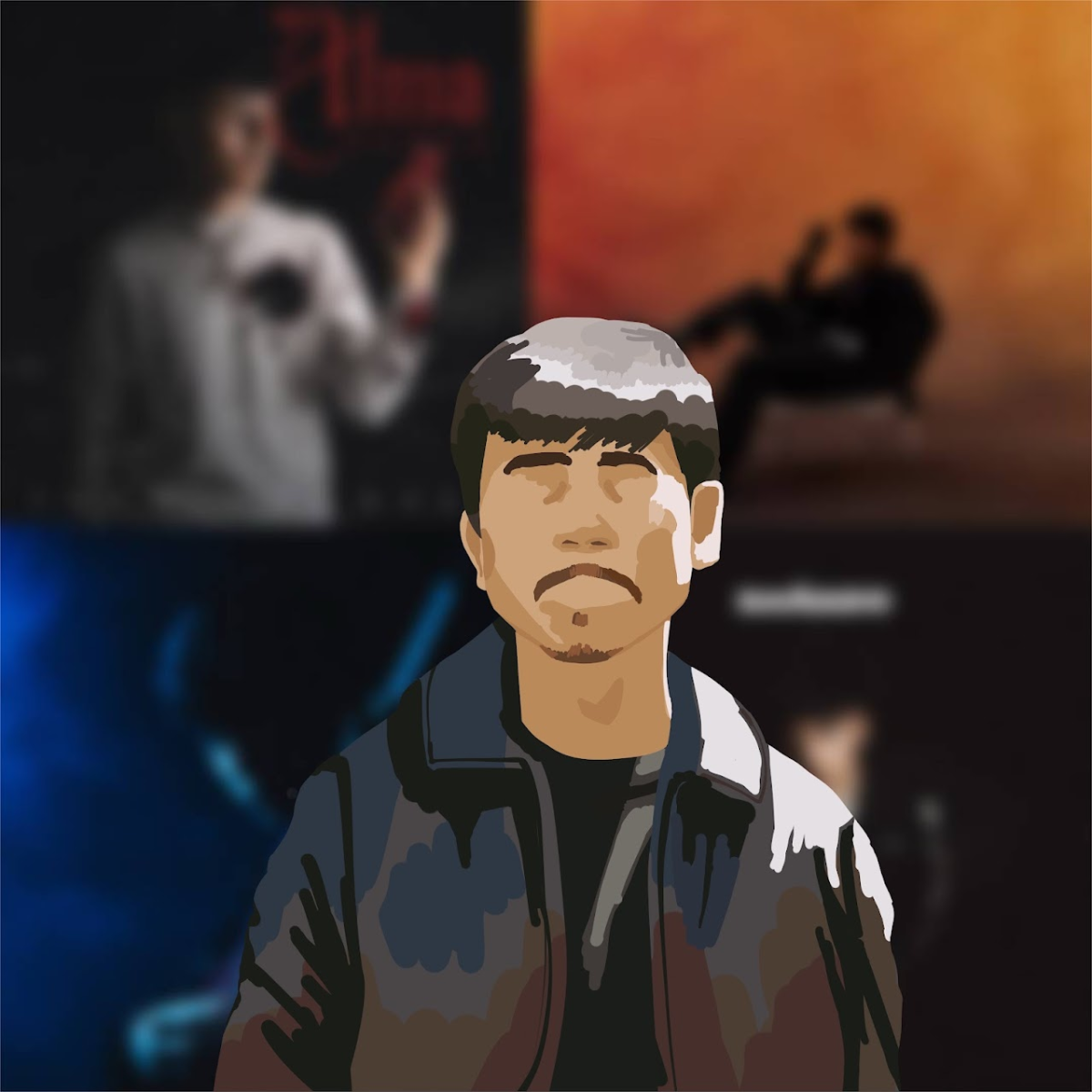
Eminem’s long career as, lets face it, the only relevant white rapper of his time, has not come without missteps. In this writer’s humble opinion, one of these missteps is the recently-released “The Marshall Mathers LP 2,” which features endless screaming over 1986-inspired beats. However, for there to be a “2”, there had to be a “1”. It’s time to look back at a most-original, gross, and just plain great rap album, “The Marshall Mathers LP.”
Marshall Mathers is the most controversial Michigander in the world. As the whitest boy with the darkest, scariest rhymes, Eminem slithered out of the cracks of Detroit’s underground in 1999 (with the help of rap legend Dr. Dre) on his major-label debut “The Slim Shady LP”. The tape, with endless black humor and drug use courtesy of his alter-ego Slim Shady, left America horrified and rap fans amazed. Shady was set to take your world, one crazy line at a time.
Yet there was more to Eminem than over-the-top wildness. He had endless talent, and “The Marshall Mathers LP” showed that loud and clear. After an intro and predictably murderous second track, “Kill You,” he wrote a song that some, including Complex Magazine, rank among the greatest storytelling raps of all time: “Stan.”
“Stan” is the dark, deep, and depressing story of Eminem’s biggest fan, who after years of writing letters and trying to meet his idol, snaps and drives his car off a bridge with his pregnant wife in the trunk. While this could become yet another Slim Shady freak show, Eminem makes the song believable commentary on society’s celebrity worship. Lines like “I’ll be the biggest fan you’ll ever lose” and “All I wanted was a lousy letter or call / I hope you know I ripped all your pictures off the wall” make this song a masterpiece of both storytelling and thoughtful rap.
In typical schizophrenic Eminem form, as soon as he shows that he’s an idol to many, Eminem flips it and, on the very next song, shies away from the spotlight. “Who Knew” bashes critics by explaining how he never was and never will be a role model.
The next two sections can be easily divided: a section on who Eminem truly is, and an ending where Slim Shady wreaks havoc on the listener.
The middle tracks, such as “The Way I Am” and “Marshall Mathers,” range from his hatred of pop music of the time like N*SYNC (“Boy-girl groups make me sick,” from “Marshall Mathers”) to how he won’t censor himself to please the masses (“And I don’t gotta be false or sugarcoat it at all,” from “The Real Slim Shady”).
To ensure that this album’s not too normal, Eminem throws on the Slim Shady costume and goes on a tirade. The self-explanatory “Drug Ballad” leads the final section off, followed by a tribute to the spookiness of Detroit, or “Amityville,” as the song’s title calls it. “Kim” is an unspeakably violent song about his ex-wife. As the cherry on top, the album’s closer, “Criminal,” calls his words a “dagger” that will “stab you in the head.” Lovely imagery, indeed.
This craziness hasn’t worked as well 13 years later, however. Loy Norrix junior Evan Vanhorne claimed that the sequel was going to be “legendary” before its release, but feels that it “was not all it was supposed to be” in the end.
Vanhorne has good reason to feel that way. Today, Eminem is raising a teenage daughter and turned 41 in October. His raps about being “rude and indecent as all hell,” as he claims on MMLP2’s “Rap God,” don’t exactly feel the same. It’s better to look back to the new millenium, listen to Shady scream how he’s gonna “KILL YOU,” and appreciate the man for who he was on the original MMLP: a true, psychotic “Rap God.”







